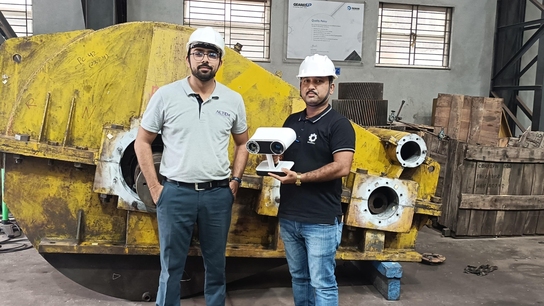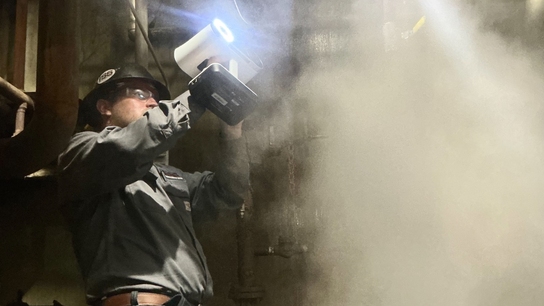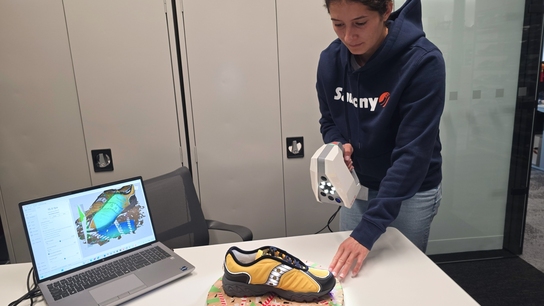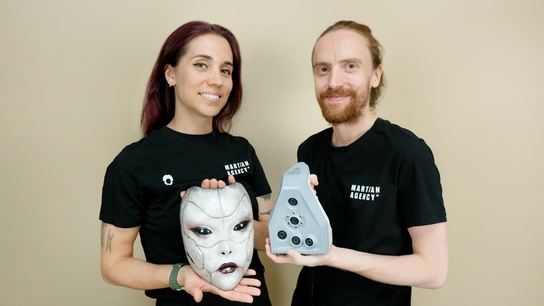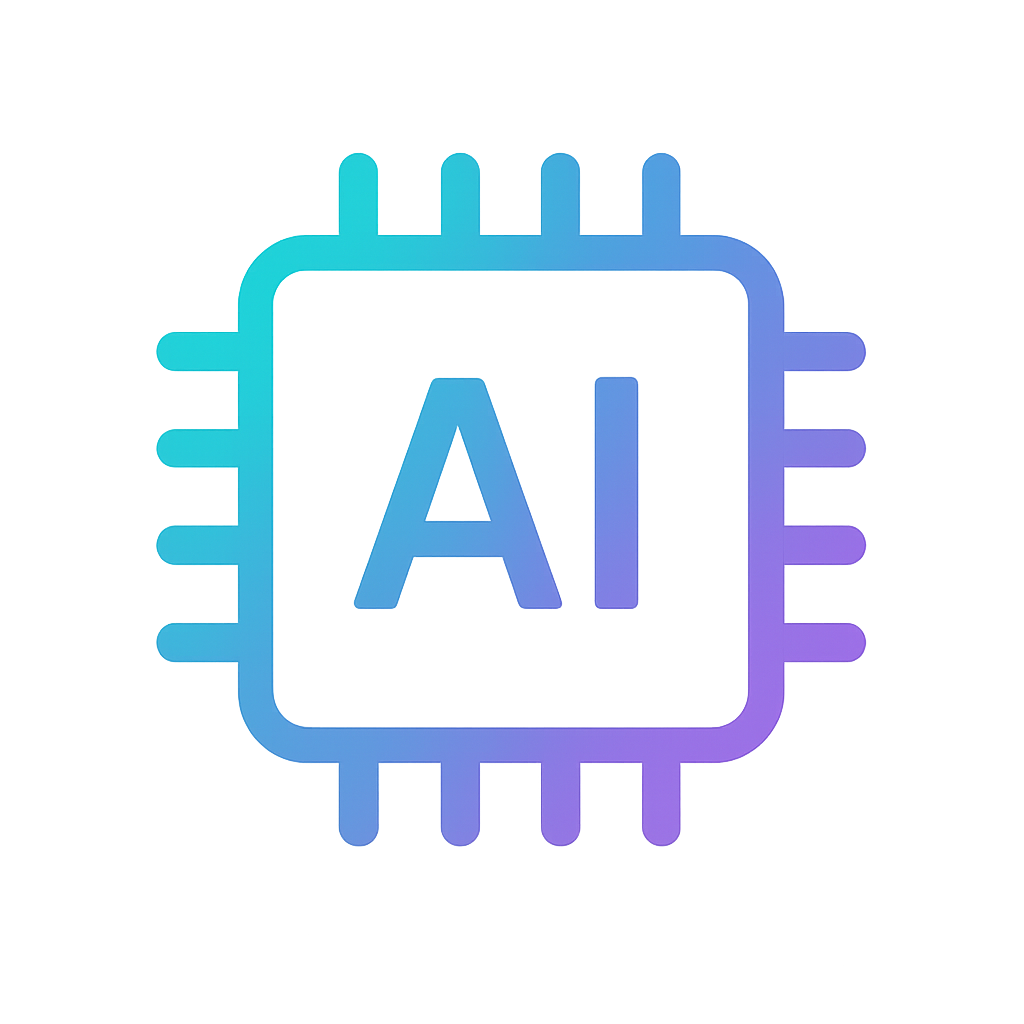Creating stunningly accurate jewelry 3D models in half the time with Artec Micro
Challenge: Accurately digitizing intricate, shiny pieces of jewelry – objects that are time-consuming to model by hand and traditionally difficult to capture with 3D scanning.
Solution: Artec Micro, Artec Studio, Rhino 3D, Blender, Materialise Magics
Result: A rapid, repeatable workflow that churns out highly detailed jewelry 3D models for design iteration and manufacturing 2x faster than it’d take to design them from scratch.
Why Artec 3D?: Artec Micro delivers incredibly accurate, high-resolution results, making it an ideal means of digitizing small objects for customization, inspection, and reproduction.

A piece of jewelry being digitized with the Artec Micro 3D scanner
Jewelry may not be the first application that comes to mind when you think of 3D scanning, but the technology is actually widely used in design, verification, prototyping and more.
There are many applications of 3D scanning in the initial production phase. Digitizing existing jewelry makes placing stones and checking fittings easier, while allowing for improved accuracy verification, faster iteration, and wax 3D printing – a low-cost casting method.
With a digital version of something like a ring or necklace, you can also add personal touches like engravings. Likewise, digitizing family heirlooms enables you to preserve them for future generations, or bring them back to their former glory in cases where they’re damaged.
However, jewelry is often made from reflective precious metals and transparent, light-scattering gemstones. Fine markings can also be difficult to detect without high-resolution data capture.
This is where Cooksongold comes into play. Having acquired an Artec Micro from UK-based Artec Ambassador Central Scanning, who has 20 years’ expertise supporting artisans from Birmingham’s manufacturing cluster, the jewelry specialist has launched a bespoke digitization service, through which it offers to create high-quality 3D models for clients on demand.
Starting to scan jewelry with Artec Micro
With customers in 109 countries, Cooksongold is one of the UK’s leading suppliers of precious metals, components, and tools to the jewelry trade. Since it was founded in Birmingham over 100 years ago, the firm has established itself as a one-stop shop for jewelry makers, offering all the parts, equipment, and services required to start making and selling custom pieces.
Cooksongold’s 3D scanning journey began when it was tasked with digitizing a trophy stand for a client. This led its team to reach out to Central Scanning, who used a professional 3D scanner to digitize the object, right down to the tiniest of details. Realizing the technology’s potential to accelerate and enhance its own workflow, Cooksongold opted to bring digitization in-house.

The high-resolution Artec Micro captures extremely fine details like engravings on medals
Adopting Artec Micro has proven a game-changer for the firm, allowing it to carefully digitize jewelry items, in their entirety, in just 1-2 hours, half the time it would take to CAD model them. According to Olivia Champion, new product development engineer at Cooksongold, 3D scanning also makes it easier to reverse engineer complicated designs at high speed.
“If it’s a basic ring or quite a simple part, it would usually take about an hour,” explained Champion. “That’s just to get a few versions of the scan in different positions and stitch that data together in Artec Studio. Then we export the data as a working file – in case we need to get back to this version – and an STL. Once we’ve done any fixes, we’ll send that STL straight through to the customer.”
“CAD modeling a handmade ring with a lot of detailing would take 3-4 hours. Even then it wouldn’t be exactly the same. Now we can digitally make amendments much faster.”
On-demand digitization at Cooksongold
Cooksongold’s 3D scanning-led workflow streamlines what would ordinarily be a very complex process into a few clicks for its customers. Users need only fill out an online form, outlining the details of their proposed project. Cooksongold will then provide them with a quote, request their item be sent by post, and then deliver clients a 3D copy in the form of an editable STL file.

An example of the workflow behind Cooksongold’s 3D scanning service
Internally, the company’s 3D scanning process starts with affixing items to Micro’s scanning plate. From there, it’s simply a matter of running Autopilot in Artec Studio, and hitting the start button to activate the device’s push-to-scan workflow. While this powerful software features all the editing essentials, Cooksongold then exports to other platforms for design changes.
If the project involves reproduction, this could see its team use Materialise Magics, but it’s often a case of making requested amendments using design programs like Blender or Rhino 3D.
“Although we don’t currently offer a CAD service, we are looking into this for the future, and we can make amendments to files,” added Champion. “I previously had a ring come through, a signet with a hollow back, from a customer who asked to have it made solid. I’ve also worked on a brooch, where the client wanted all the findings taken off. So we can make small adjustments – changing ring sizes or deleting areas if needed.”
Cooksongold’s results speak for themselves. Rings, necklaces, bracelets, you name it, the company has digitized it in glorious high definition for its customers. Using these in-house 3D scanning capabilities, the company now markets its on-demand service as a solution for digitizing everything from treasured toys and relics to prototypes and industrial parts.
Opportunities for Micro-led inspection?
Moving forward, there may also be opportunities to integrate 3D scanning into Cooksongold’s industrial operations. Whether it be the production of prototypes or mockups for visualization purposes, it’s thought the technology has potential in areas like aerospace and automotive.

A gasket 3D scanned with Artec Micro by the Cooksongold team
In terms of applications, Champion says “they’d love to do inspection,” but the team only has Micro I, not Micro II. With 5-micron accuracy and 2-micron repeatability, the latest Artec desktop system is better suited to repeat analysis where measurement reliability is absolutely critical.
“We’re mostly focused on reverse engineering,” concluded Champion. “With Micro II, we’d also be able to do advanced inspection. But we can still compare meshes captured using Micro I against 3D models in Artec Studio. We haven’t used this feature so far, but we will definitely be using it on the industrial side to check scans against original design files.”
As 3D scanning technology continues to progress, bringing ever more detailed, reliable datasets to users, it’ll be fascinating to see where business models like Cooksongold’s head next.
Scanners behind the story
Try out the world's leading handheld 3D scanners.

